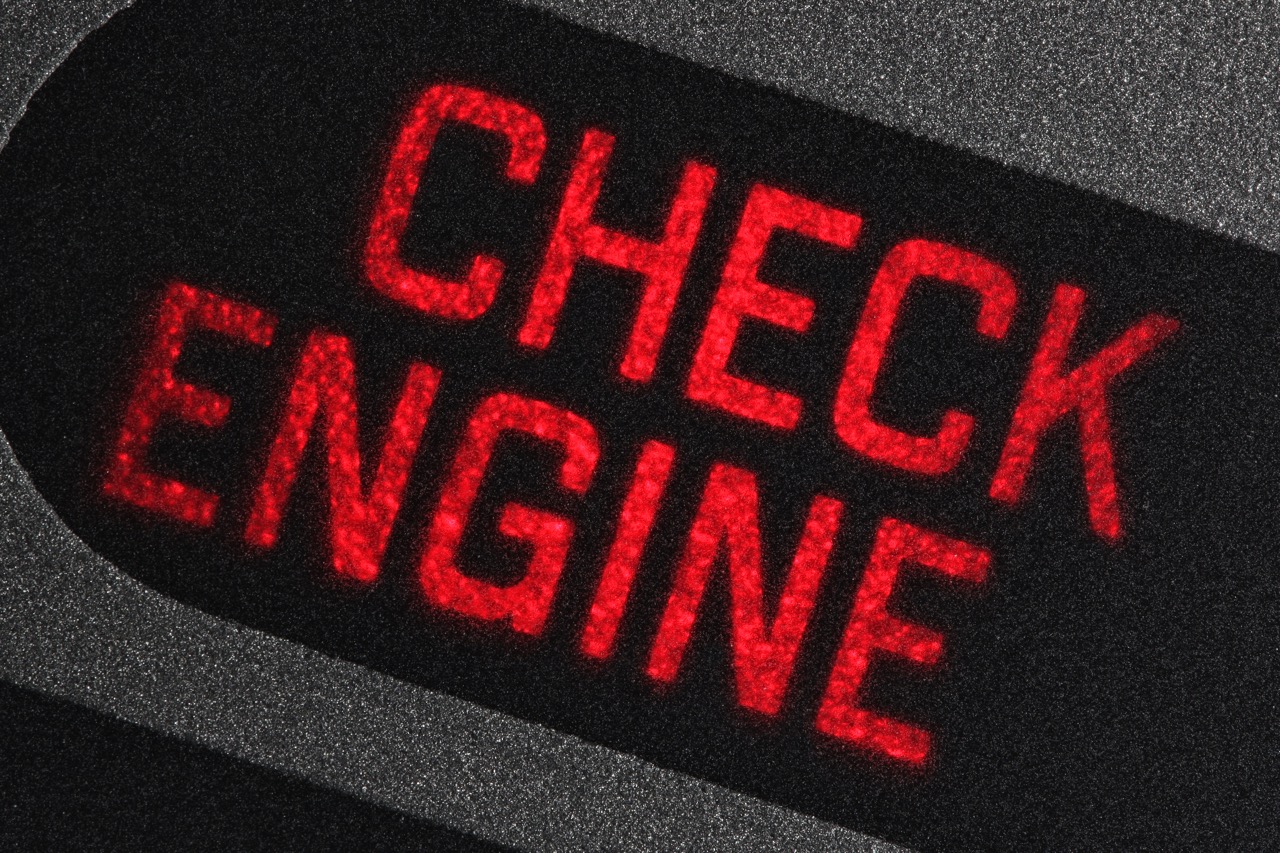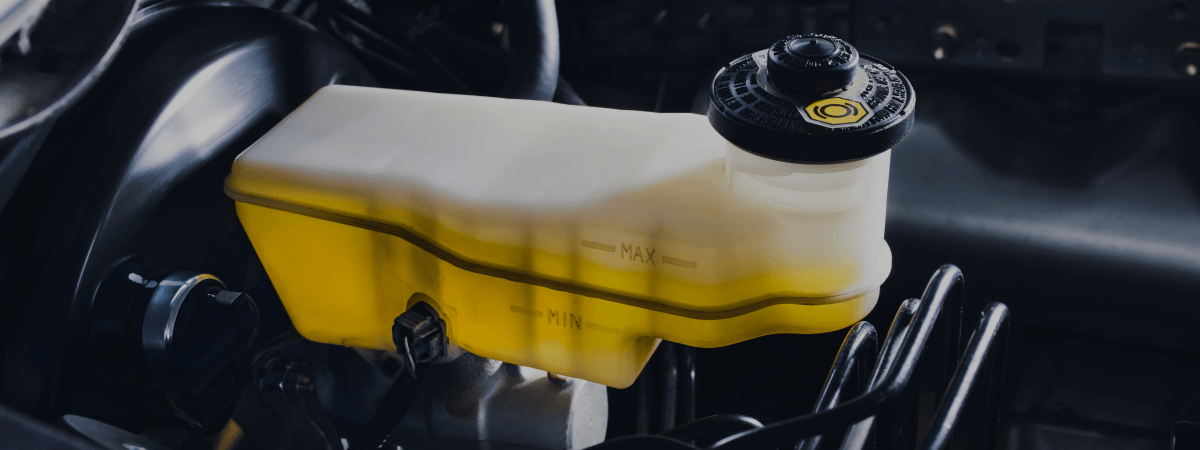
Your vehicle’s check engine light is an important part of its onboard diagnostic system. It can indicate a variety of issues, from simple to severe. To minimize both your damages and costs, make sure to take your vehicle to a trusted auto mechanic with a wide range of expertise as soon as possible. ‘Check engine’ diagnostics records across the country indicate that some of the most common triggers for this warning signal include:
False Alarms
- Gas Cap: If your check engine light comes on as you pull away from the pump, it could be because your fuel cap isn’t screwed on tightly. If not, fumes might be escaping from your tank, causing it to be at an incorrect pressure and thus triggering the warning light.
- Aftermarket Alarm: Though an aftermarket alarm system can enhance your driving experience, it can cause your car problems if it isn’t installed properly. It may send false signals throughout your electrical system, triggering your check engine light and potentially draining your battery.
Sensor Failures
- O2 Sensor: Faulty oxygen sensors can lead to imbalances in the fuel ratio of your engine. This may make it so that your car burns more gas than it needs to, and it can eventually damage many of its other components. Your check engine light can help to catch this early on, preventing extra costs on all fronts.
- Mass Airflow Sensor: As part of its management system, an MAF sensor allows your engine to adjust to an array of altitudes. Without it working well, your car might have trouble starting, stall, or even steal money at the pump. If this is the reason your engine symbol lit up, you’ll be grateful for the warning.
System Failures
- EGR Valve: A valve failure in your exhaust gas recirculation (EGR) system can allow nitrogen oxide to escape your engine, obstructing the recirculation process that keeps your car running efficiently. If this triggers your check engine light, your valve might just be clogged, or you may need to replace it entirely.
- Catalytic Converter: Your catalytic converter is a high-end device that converts potential air pollutants into less harmful gasses. If it isn’t working properly, you’ll want to know right away. Thanks to your engine light, you should know right away when something is wrong, so you can save your device and continue saving the planet.
Electrical Issues
- Spark Plugs and Wires: Spark plugs and their sister wire networks can cause an engine to misfire, hesitate, and drop in performance if they are fouled or worn out. If you want to keep your cylinders igniting, you should heed what your light is telling you and head to the auto repair shop.
- Battery: Perhaps the easiest engine-light triggering issue to fix, besides your gas cap, is a low battery. Charge it up or replace it if necessary, and if there’s no longer any warning light, you can keep on cruising with peace of mind.
To pin down your problem, see your local auto repair expert for a diagnostics test. Although you may have no reason to worry, it’s better to be safe than sorry and attend to any issues before they cause irreparable damage to your sweet ride.
Related Posts
Key Takeaways On average, passenger vehicle tires last 40,000 to 60,000 miles, depending on type, driving habits, and maintenance. Replace tires when tread depth reaches 2/32”, if damaged, or older than 10 years. Regular rotation, alignment, and proper inflation extend tire life. Aggressive driving, poor roads, and harsh weather shorten tire lifespan. Take advantage [...]
When you think about car maintenance, you probably focus on oil changes, tire rotations, and maybe even brake pad replacement. But what about your brake fluid? If you’ve ever wondered, “What does brake fluid do?” or “Why is brake fluid important?”, you’re not alone. Brake fluid might not be the most talked-about part of [...]
Is that high-pitched squeal from your brakes driving you—and everyone else—crazy? Don’t ignore it. Squeaky brakes aren’t just annoying, they’re your car’s way of saying something needs attention. Whether you're cruising through Salt Lake City or winding up Idaho’s mountain passes, here’s what’s likely going on, how you can fix it, and when it [...]





